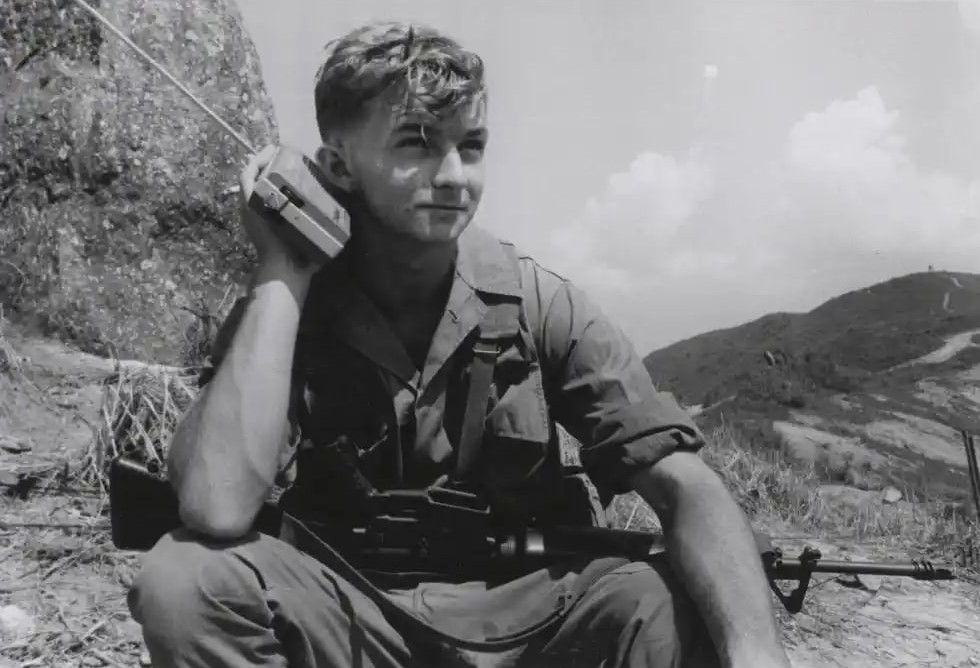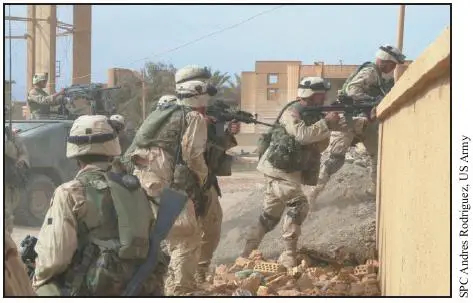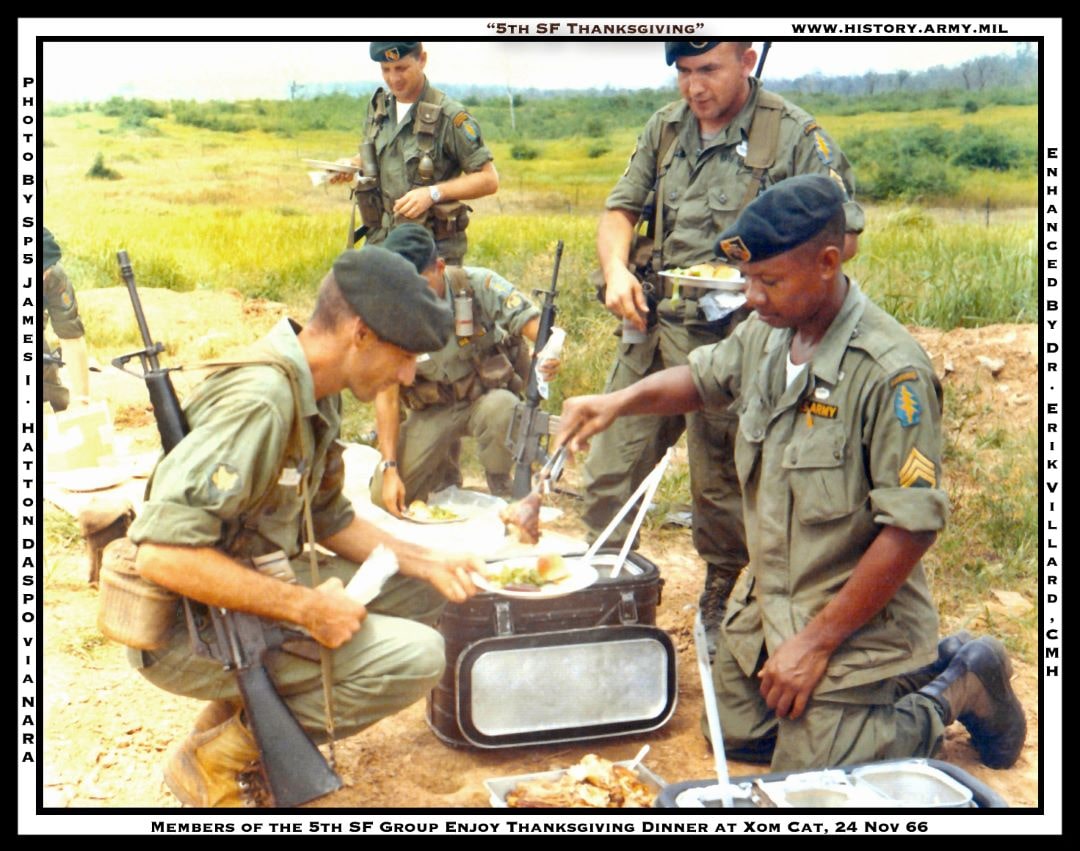MUSEUM MONDAY - The US Army BG Don F. Pratt Memorial Museum, Ft. Campbell, KY- a
Artifact Spotlight.
The Pratt exhibits and collection recall the battles and exploits of these historic units from WWII to the present. Our spotlight artifact is the CG-4 Waco glider of WWII fame.
Artifact Spotlight.
The Pratt exhibits and collection recall the battles and exploits of these historic units from WWII to the present. Our spotlight artifact is the CG-4 Waco glider of WWII fame.

The CG-4 Waco was the 3rd most produced aircraft of WWII. Though 13,500 were produced, only a handful remain. It was towed behind a C-47 into a Landing Zone secured behind enemy lines the night before by lightly armed and supplied parachutist.
#USArmy #TRADOC #ArmyMuseums
#USArmy #TRADOC #ArmyMuseums
It could carry a 13-man glider infantry squad, or because its nose which could be opened, it could carry either a jeep, an anti-tank gun, a small howitzer, mortars, heavy machine guns, or 2,200 lbs. of supplies or ammunition. #WWII #WWIIGliders #FortCampbell #AirAssault 

Our CG-4, an actual WWII glider, was restored to replicate the famous “Fighting Falcon,” in which BG Pratt led the glider assault into Normandy on the morning of 6 June 1944. Pratt perished the tragic crash of craft on the LZ. #101stAirborne #Armyhistory @USArmy @TRADOC
The craft is elevated above the museum floor and patrons may ascend stairs to walk through. Once inside, patrons observe an infantry squad as they would have appeared headed to the LZ in Holland, September 1944.
#MilitaryHistory @101stAASLTDIV
#MilitaryHistory @101stAASLTDIV

A unique and rare aircraft: an iconic symbol. A compelling experience awaits you at the Don F. Pratt Museum. Air Assault!
history.army.mil/museums/fieldM…
history.army.mil/museums/fieldM…
• • •
Missing some Tweet in this thread? You can try to
force a refresh

 Read on Twitter
Read on Twitter





















